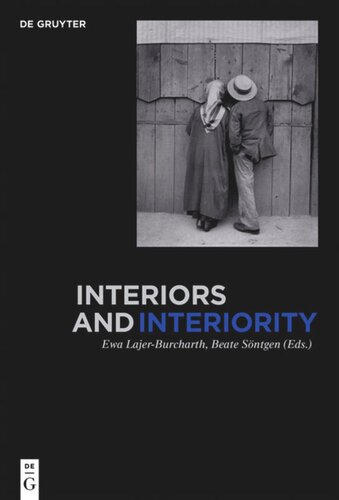

Most ebook files are in PDF format, so you can easily read them using various software such as Foxit Reader or directly on the Google Chrome browser.
Some ebook files are released by publishers in other formats such as .awz, .mobi, .epub, .fb2, etc. You may need to install specific software to read these formats on mobile/PC, such as Calibre.
Please read the tutorial at this link: https://ebookbell.com/faq
We offer FREE conversion to the popular formats you request; however, this may take some time. Therefore, right after payment, please email us, and we will try to provide the service as quickly as possible.
For some exceptional file formats or broken links (if any), please refrain from opening any disputes. Instead, email us first, and we will try to assist within a maximum of 6 hours.
EbookBell Team

4.0
16 reviewsThe book explores the historical connections between the notions of architectural interior, subjective space, human interiority, and represented space including virtual space.
In the 18th century the notion of "interiority" understood as a paradigm of human subjectivity came to be articulated in a sustained way in architectural and visual, rather than only literary forms. While the notion of the interior and the processes of "interiorization" were, as Walter Benjamin demonstrated, the defining features of 19th-century bourgeois culture, it is the different forms of conceptual assault on, or deconstruction of interiority that define the approach to space and self in the 20th and 21st centuries. The book examines models of understanding "interiority" as these were developed in relation to notions of space and spatial experience.